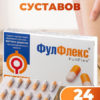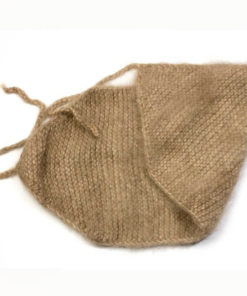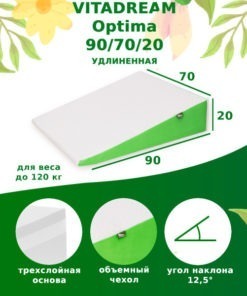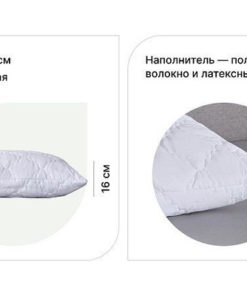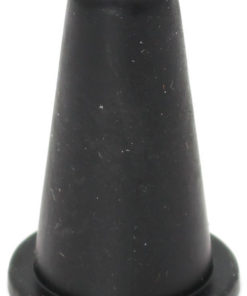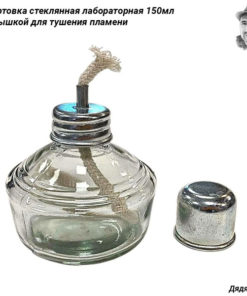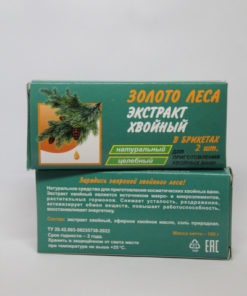-
×
 Spray fluid for cleaning ANTISTATIC 30 ml
1 × $19.00
Spray fluid for cleaning ANTISTATIC 30 ml
1 × $19.00 -
×
 Si-Line Silicone Vacuum Massage Cups Set: 4 Cups, Face Brush & Case
1 × $39.00
Si-Line Silicone Vacuum Massage Cups Set: 4 Cups, Face Brush & Case
1 × $39.00 -
×
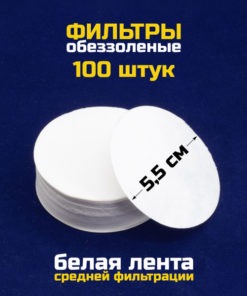 55mm Ashless Filter Papers, White Ribbon, 100 Count
1 × $9.00
55mm Ashless Filter Papers, White Ribbon, 100 Count
1 × $9.00 -
×
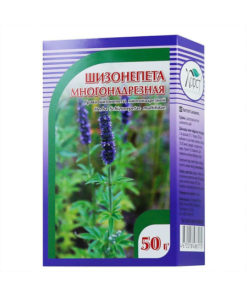 Schizonepeta Multifida Herb Tea - 50g
1 × $19.00
Schizonepeta Multifida Herb Tea - 50g
1 × $19.00 -
×
 Queen Pillow, 60x60cm: Luxurious Comfort
1 × $99.00
Queen Pillow, 60x60cm: Luxurious Comfort
1 × $99.00
Subtotal: $185.00
 Free worldwide shipping on orders $99+
Free worldwide shipping on orders $99+  US: temporary delays — postal services aligning new import rules,
US: temporary delays — postal services aligning new import rules,  EU: 1–2 weeks,
EU: 1–2 weeks,  Worldwide: 1–4 weeks
Worldwide: 1–4 weeks 

